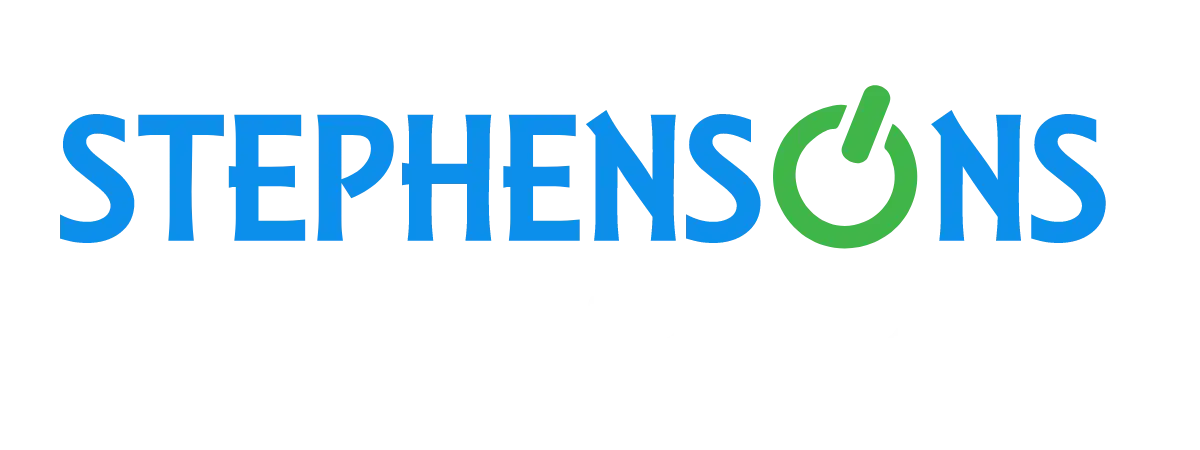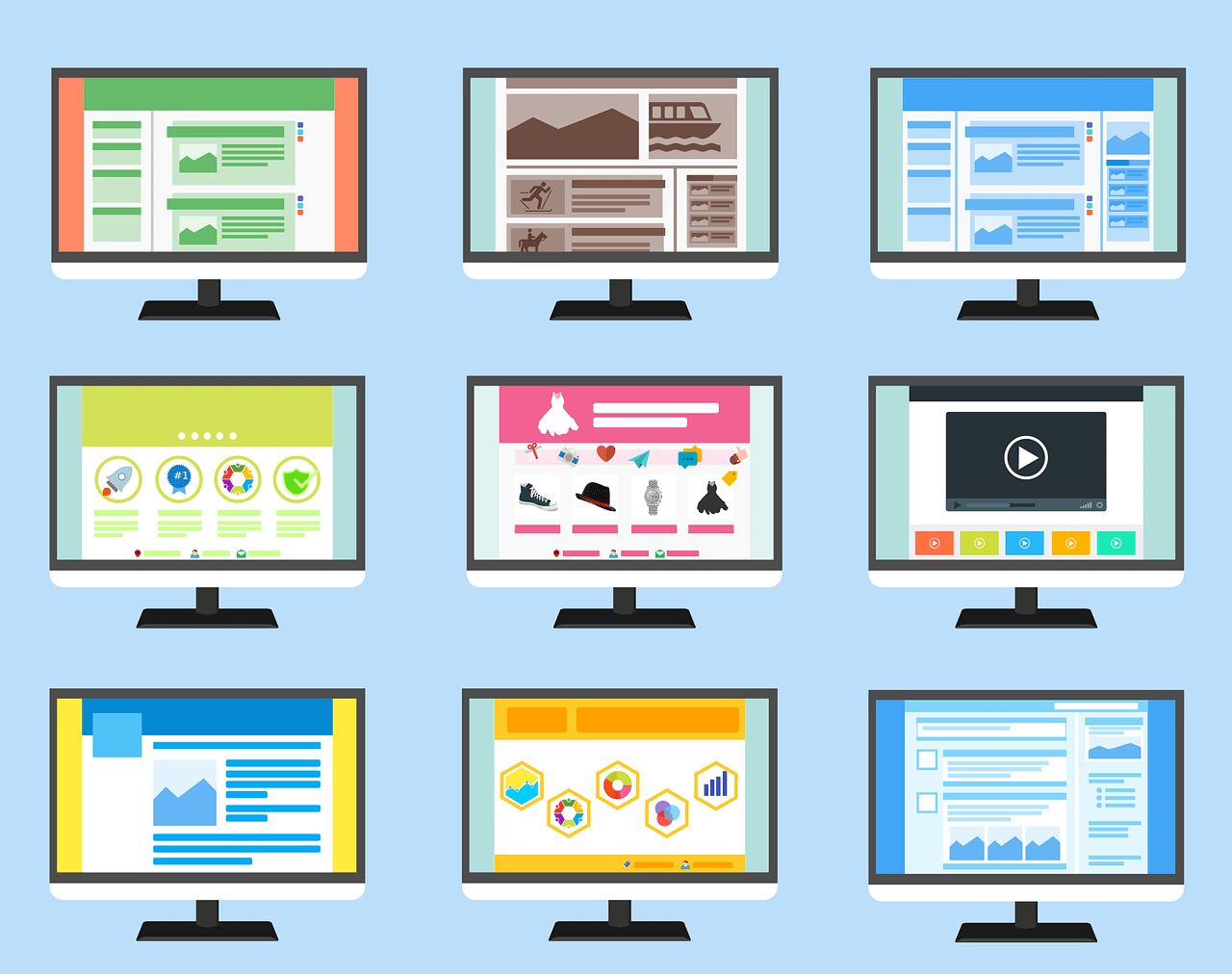Many business owners tend to believe that website design is all about aesthetics, flashiness, and overall attractiveness. While this is definitely an important aspect of it, the main requirement to have a good web design is having a website that is aesthetically-pleasing and highly-functional. When looking for a website design agency in Barnsley, make sure that they know all about enhancing user experience (UX).
Know that your website’s capability to offer a good UX is the primary factor in determining its effectiveness to generate web traffic. Apart from visual impact, this major factor depends on the ease of use, loading speed, navigability, and several other factors. The most underrated factor of UX, however, is the layout of the website itself.
The two types of website layouts
Website layouts—as the name implies—is the basic “floor plan” of how your website will appear to a visitor. Before thinking of web styles and all the web functionalities your website should have, deciding on a website layout should hold priority. On this note, know that there are two basic types: static and dynamic.
1. Static Layout (Fixed-Width Format)
Static or fixed-width layouts are static and unmoving. Easy to design, and incredibly simple to code, a static layout is the most basic version of the webpage. Highly popular in the days of the early Internet, this layout banks on its fixed width and specific boundaries. This had proved useful in the past for pages with highly-specified formatting that owners wished to be retained across all browsers.
The difficulty with the static design layout was apparent when mobile devices started becoming many people’s primary access points to the Internet. A majority of static pages were not fit for a mobile device’s smaller screen, which was the design flaw with this layout.
The main strength of the static layout is in its extremely simplistic coding process. A simple code makes for faster loading times, which is another primary consideration for good UX.
2. Dynamic Layout (Liquid-Width Format)
The dynamic layout imposes a more liquid format, meaning that it is more responsive and complex. In a gist, a dynamic layout automatically adapts your website’s width parameters to the browser or screen size of a visitor. This means whether a user is viewing through a laptop, a tablet, a cell phone, or a desktop, your website adjusts accordingly and is easily viewable to the screen.
The range of compatibility with mobile devices greatly improves a website’s capability of giving a good user experience. This caused it to shoot up in its popularity today, making it the preferred choice of businesses for its website.
The drawback to using this method is two-fold: complex algorithms that reduce the loading speeds and an excessively fluid wide that messes up your overall web design. For this reason, a good web design agency should utilise counter-measures for both issues. Experienced web developers can utilise shorter and simpler codes to develop your website and compress image files that could hamper your loading speed. They would also know to set specific ranges for your widths to retain your design’s aesthetic and formatting.
Conclusion
In general, using a dynamic layout or liquid-width format is more optimal for your business website, but it all depends on how you use it. The static website layout’s fast loading speed can make it a good form to use for announcements and information delivery. To ensure the best layouts for all uses in your website, hiring a competent web design company is necessary.
If you’re looking for the best-rated web design agency in Barnsley, we offer a highly diverse range of services for all digital and technical needs. Get in touch with us today, and see what we can offer for you!

